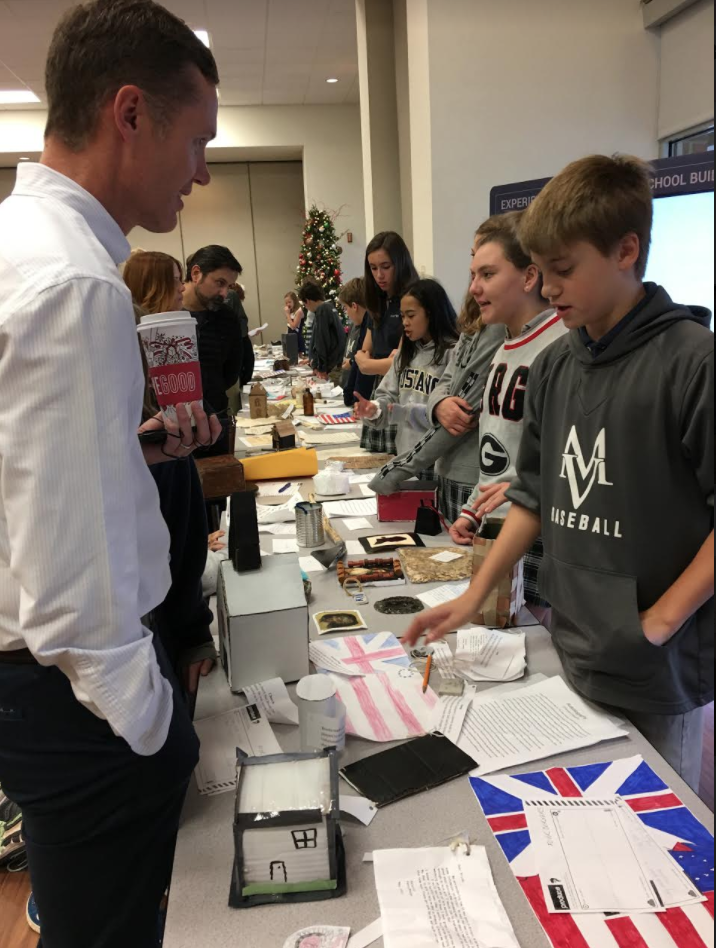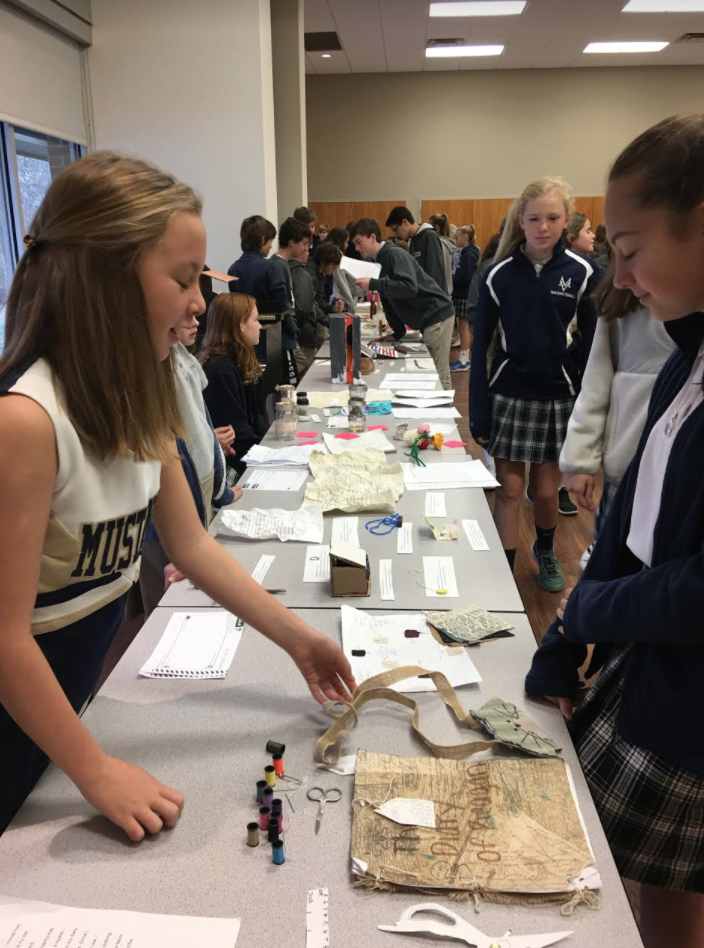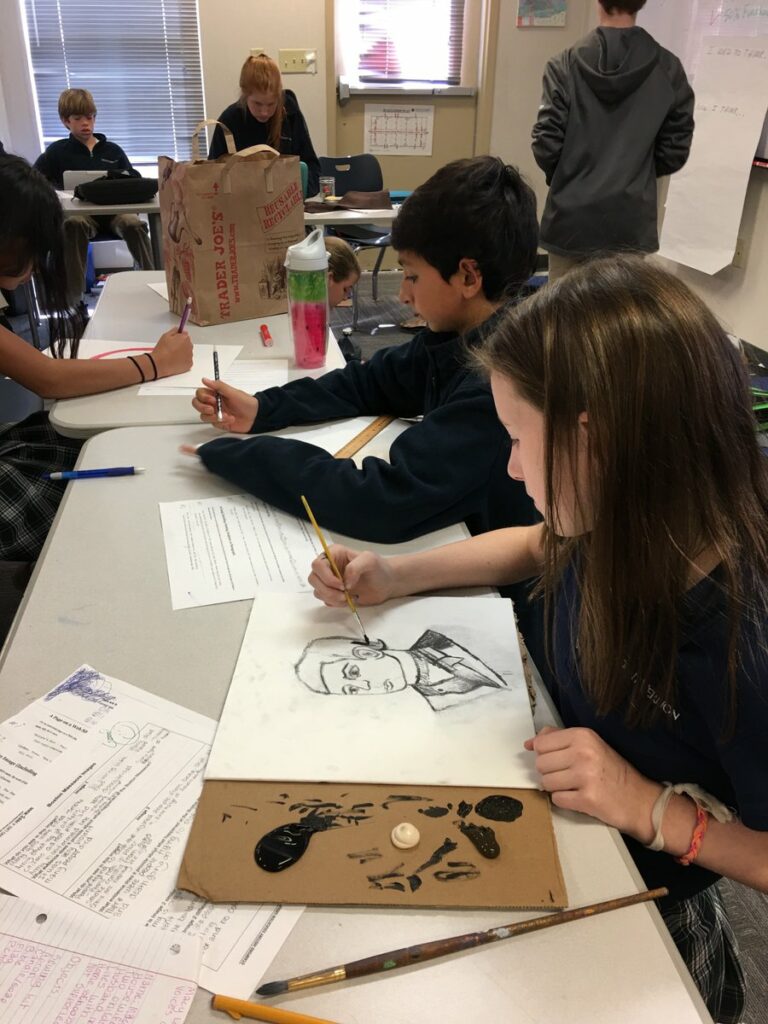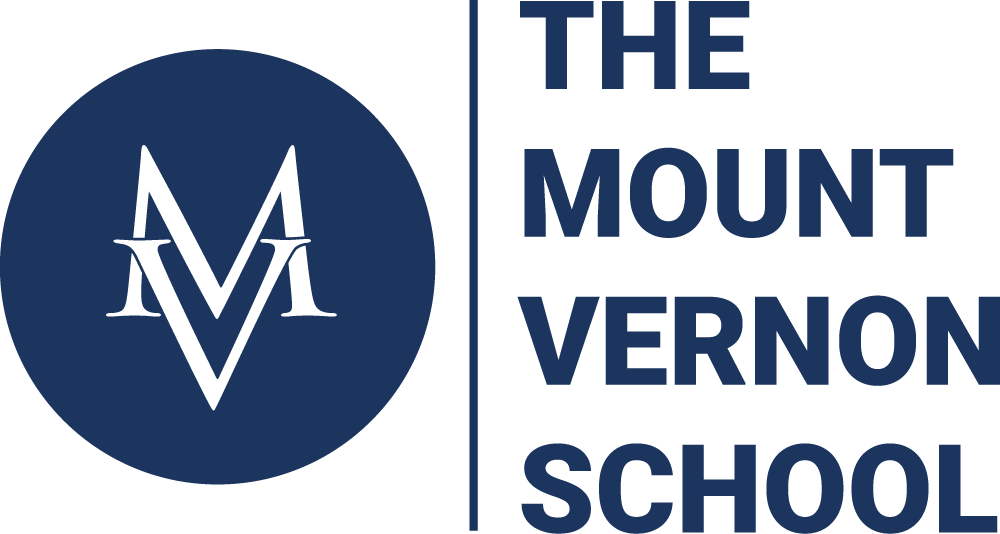Contributed by Dr. Kimberly Jackson
Students in my seventh grade Freedom Course were asked this intriguing question: If you were an American colonist, how might you tell your story of the active role you played amid the growing conflict with Great Britain that eventually led to the signing of the Declaration of Independence? They then spent the next six weeks on an incredible journey of inquiry, research, and discovery. Their challenge was to design a multi-faceted project (Project Based Learning) that would encapsulate their experience of living as a colonist during the American Revolution.
They then spent the next six weeks on an incredible journey of inquiry, research, and discovery. Their challenge was to design a multi-faceted project (Project Based Learning) that would encapsulate their experience of living as a colonist during the American Revolution.
Their first order of business was to explore the realities of colonial life during this historic period. Drawing on primary sources for inspiration, students created their own fictional, but realistic, colonial personas to embody. They had to consider family backstories, occupations, and even decide if they were a loyalist or patriot. As you can imagine, their understanding of the subject matter became more refined with each passing week. Because of this, the all-important “Who Am I” phase of the project was regularly undergoing modifications.
In the end, students represented a wide-range of colonial identities, from apothecaries and farmers to seamstresses and blacksmiths. There were even a few spies and war criminals in the mix, making the next phase of the project—the creation of personal artifacts—all the more interesting.
With paint brushes and glue guns in-hand, students moved on to conduct more research and craft a variety of representative objects (6-8 per student) to help tell their individual stories. They created autobiographies, propaganda posters, musket balls, diaries, blacksmith tools, newspaper articles, toys, maps, bottles of healing potions and herbs, clothing, letters, jewelry, legal documents, stuffed animals, wigs, and so much more.
In addition, many students collaborated with their peers on at least one artifact. For example, two students “owned” a coffee shop together in Philadelphia and fashioned a magnificent model of their storefront. Students also exchanged handwritten letters, some in an effort to persuade others to change sides in the revolution. All of this provided for a more dynamic collaborative environment that went beyond the walls of one’s own classroom.
Halfway through the project, each class held its own preliminary gallery walk. Administrators and older students were invited to provide constructive feedback on the projects. This was a vital step before moving on to the final phase of the project, as this gave seventh-graders time to reflect on their work and make improvements, thus enhancing the overall end product.
Once completed, student projects were displayed in a grand gallery walk called “Voices of the American Revolution.” Parents, administrators, teachers, and other middle school students who attended the museum-like event were able to witness first-hand the rich variety of amazing hand-made artifacts as they listened to the 79 unique colonial stories as seen through the eyes of MVPS seventh-graders.
What Seventh-Graders Are Saying:
“I thought that this project was a very creative idea. We had the freedom to do our own research and create and finalize our very own creations/products. This project taught me and others how to work on our own and step up to the challenge and individually create products relating to our research and our made-up lives.” —Maggie Sims
“I loved this project and getting to know how people lived in the 1700’s was pretty amazing.” —Avery Anderson
“I really enjoyed how we could make whatever we wanted to tell our story. I think that more schools should structure projects like this.” —Will Jackson
“I learned a lot about how to make realistic artifacts and come up with a story behind them. It
was worth all of the hard work we put into it.” —Anna Clare Hull
